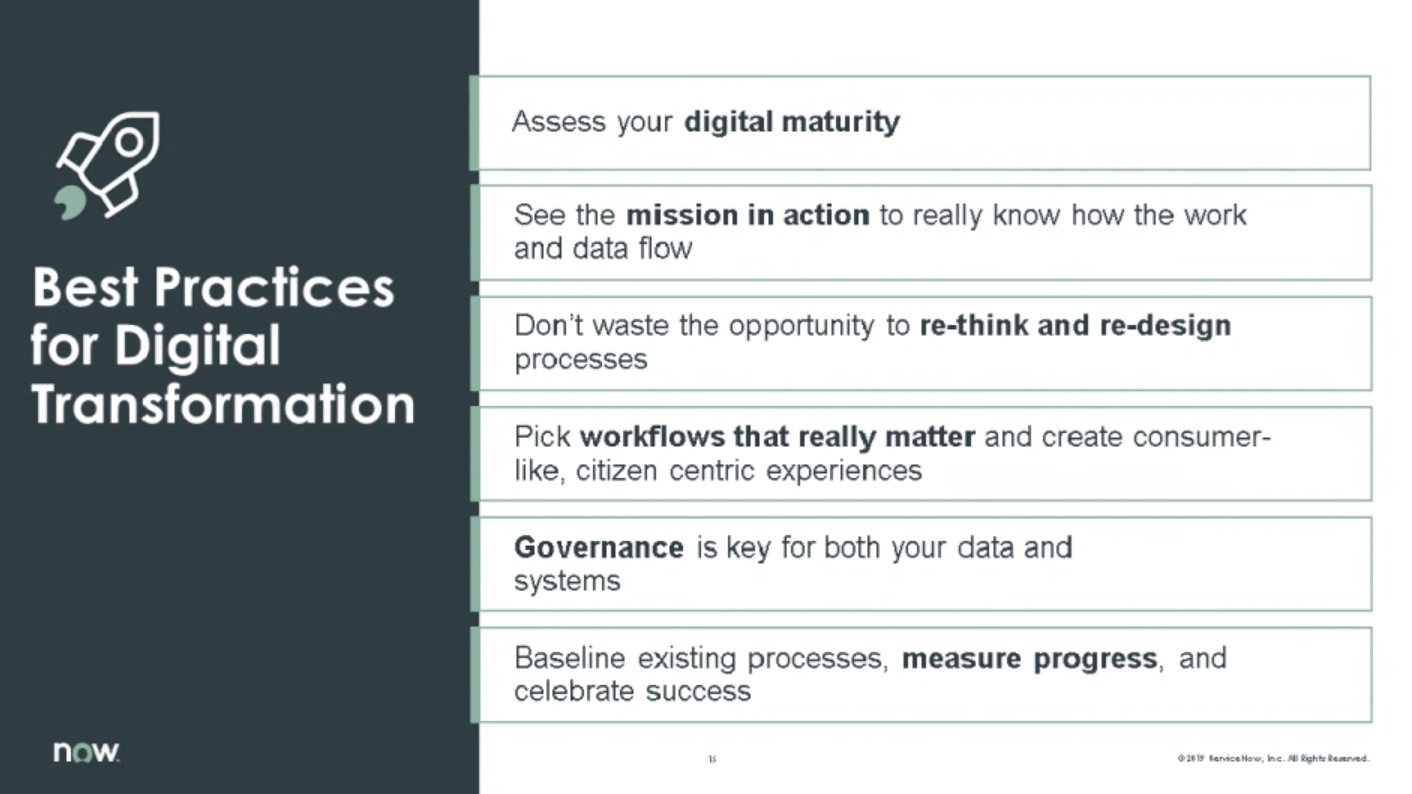Government exists to serve citizens and the public. The digital age presents a new forum for just that, and agencies are responsible for adapting to the times.
“When it comes to online services, we have to do better,” said Jonathan Kraden from the Office of Customer Experience (CX) at the General Services Administration (GSA) during GovLoop’s “What Makes a Modern Digital Government?” recent online training.
The 21st Century Integrated Digital Experience Act (IDEA) was created as a tool for agencies so they could break the clunky status quo of digital services and provide more satisfactory experiences to their customers, the public.
According to Kraden, the 21st Century IDEA can be summed up like this: an opportunity for digital transformation. Federal agencies can step back and assess the digital experience they offer to figure out how to better serve their customers.
“It’s about how we provide online services that the public expects and deserves,” Kraden said.
Jonathan Alboum, Principal Digital Strategist for the Federal Government at ServiceNow, said that 70% of digital transformation efforts fail due to three reasons: lack of transparency and confidence; constraints of resources; and fragmented initiatives.
To combat these pitfalls, Alboum recommended these six best practices.

- Assess your digital maturity
Is your data fragmented? Are you implementing metrics? Or have you started using analytics? Understanding where your agency stands is essential to picking the right priorities and having the right expectations in your digital transformation efforts, Alboum said.
- See the mission in action to really know how the work and data flow
Get out into the field to see the real-world workflow of your agency, such as visiting a food processing plant if you’re at the Agriculture Department or a national park if you’re at the National Park Service. You can get better insights and curb assumptions if you can see the mission in action.
- Don’t waste the opportunity to rethink and redesign processes
Public trust in government is near an all-time low, and while employees often have good intentions to fulfill agency missions, the process is still too often a “black box” to the public. Alboum suggested open data, data sharing and ethical frameworks to discuss data handling as examples of rethinking and redesigning processes.
- Pick workflows that really matter and create consumer-like, citizen-centric experiences
“You can’t drink the ocean,” Alboum said. “You have to prioritize.” Instead of trying to digitize the whole service, for example, agencies should pick one thing to start and then phase in other functions for more successful and continuous digital modernization.
- Governance is key for both your data and systems
At GSA, governance was one practice the agency quickly realized it needed to implement for successful digital transformation actions, Kraden said. GSA realized a lot of the challenges it faced in fulfilling 21st Century IDEA were due to a lack of centralized governance and guidance. For continuous improvement of digital services that go beyond legislated mandates, governance is key.
- Baseline existing processes, measure progress and celebrate success
Without having baselines and tracking progress, agencies are at risk of redoing a project over again at the whims of new leadership or a new administration. That wastes valuable time and funds agencies can be spending on improving efforts and strategizing new ones. “We want to get this stuff done and we only want to do it once,” Alboum said. Take the time to think through your digital transformation strategy, priorities and expectations and don’t forget to celebrate the gains you make together.
This online training was sponsored by:





Leave a Reply
You must be logged in to post a comment.